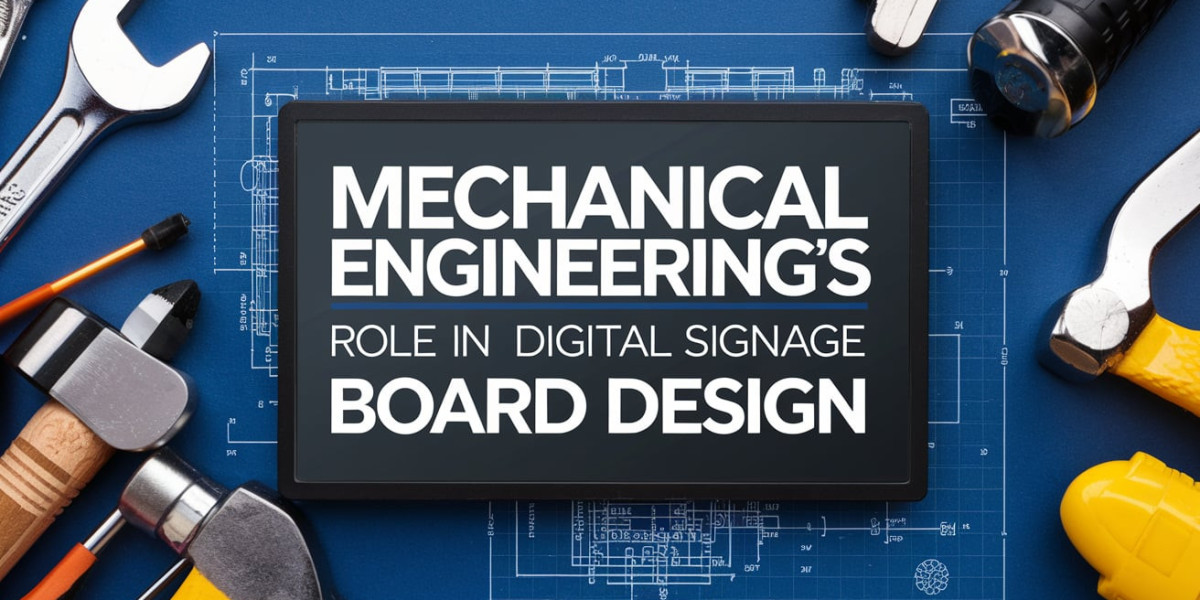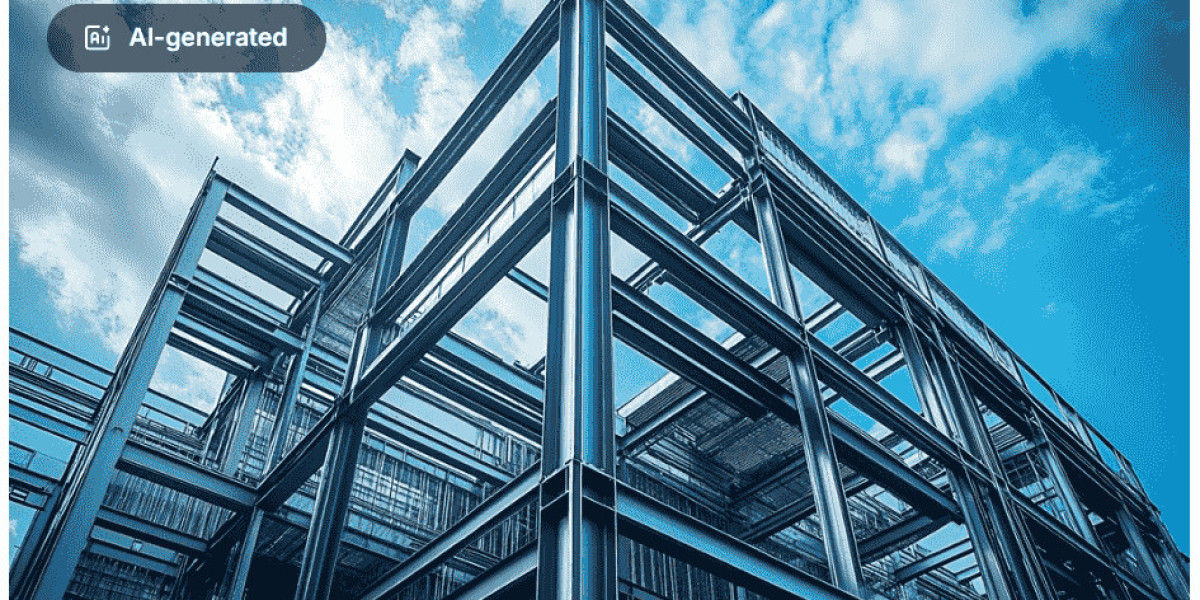Mechanical engineering plays a pivotal role in the design and development of digital signage boards, integrating complex engineering solutions to create effective and durable displays. As digital signage technology evolves in 2024, the contributions of mechanical engineering are more crucial than ever in ensuring that signage boards are both functional and aesthetically pleasing. This article explores the significance of mechanical engineering in digital signage board design, highlighting how engineering principles are applied to create innovative signage solutions.
Understanding Mechanical Engineering's Impact on Digital Signage Board Design
Mechanical engineering significantly influences the design of digital signage boards, encompassing various aspects such as structural integrity, heat management, and durability. Digital signage boards, which are increasingly used in public spaces for advertising and information dissemination, require meticulous engineering to withstand environmental challenges and provide reliable performance.
Incorporating mechanical engineering principles into the design of digital signage boards ensures that these systems are robust and efficient. For example, effective heat dissipation mechanisms are essential to prevent overheating and maintain optimal performance of digital displays. Mechanical engineers use advanced materials and cooling technologies to address these challenges, ensuring that digital signage boards can operate reliably in diverse conditions.
Key Contributions of Mechanical Engineering to Digital Signage Boards
- Structural Design and Durability: Mechanical engineers are responsible for designing the structural components of digital signage boards to ensure they can withstand physical stresses and environmental factors. This includes selecting materials that offer strength and resilience, as well as designing supports and enclosures that protect the electronic components from damage.
- Thermal Management: Effective thermal management is crucial for the longevity and performance of digital signage boards. Mechanical engineers design cooling systems and ventilation solutions to dissipate heat generated by the electronic components. This prevents overheating and ensures that the signage boards operate efficiently, even in high-temperature environments.
- Vibration and Shock Absorption: Digital signage boards, especially those installed in outdoor or high-traffic areas, are exposed to vibrations and shocks. Mechanical engineers incorporate vibration-dampening materials and shock-absorbing designs to protect the delicate electronic components and maintain the integrity of the signage board.
- Weather Resistance: For outdoor digital signage boards, weather resistance is a key consideration. Mechanical engineers design enclosures that protect the electronic components from rain, dust, and extreme temperatures. They also select materials that are resistant to corrosion and UV damage, ensuring the signage board remains functional and visually appealing over time.
- Ease of Maintenance: Mechanical engineering solutions also focus on making digital signage boards easy to maintain. This includes designing access points for routine maintenance, such as replacing components or cleaning the display. Engineers ensure that these processes are straightforward, minimizing downtime and operational disruptions.
Innovations in Mechanical Engineering for Digital Signage Boards
Recent advancements in mechanical engineering have led to significant innovations in digital signage board design. Some of these innovations include:
- Modular Design: Modular digital signage boards allow for easy upgrades and repairs. Mechanical engineers design these systems with interchangeable components, enabling quick replacement or enhancement without replacing the entire board.
- Smart Cooling Systems: Advanced cooling technologies, such as active cooling systems and heat pipes, are being integrated into digital signage boards to improve thermal management. These innovations help maintain optimal operating temperatures and extend the lifespan of the signage boards.
- Enhanced Materials: New materials, such as high-strength composites and advanced coatings, are being used to improve the durability and weather resistance of digital signage boards. These materials offer better performance and longevity compared to traditional options.
- Eco-Friendly Designs: Mechanical engineers are also focusing on sustainability by designing energy-efficient digital signage boards and using recyclable materials. These eco-friendly solutions align with global efforts to reduce environmental impact.
Challenges and Solutions in Mechanical Engineering for Digital Signage
While mechanical engineering provides numerous benefits to digital signage board design, there are also challenges that need to be addressed:
- Balancing Durability and Weight: Achieving a balance between durability and weight is a common challenge in digital signage board design. Engineers must select materials and designs that provide strength without adding excessive weight, which can affect installation and stability.
- Integrating Advanced Technologies: As digital signage boards incorporate more advanced technologies, such as high-resolution displays and interactive features, mechanical engineers need to ensure that these technologies are seamlessly integrated without compromising structural integrity or performance.
- Cost Considerations: Advanced engineering solutions can sometimes be costly. Mechanical engineers must find cost-effective ways to implement these solutions while maintaining high performance and reliability.
The Future of Mechanical Engineering in Digital Signage Board Design
As digital signage technology continues to advance, the role of mechanical engineering will remain crucial in shaping the future of signage boards. Innovations in materials, cooling systems, and modular designs will drive the development of more efficient and versatile digital signage solutions. Mechanical engineering solutions will continue to enhance the performance, durability, and sustainability of digital signage boards, ensuring that they meet the evolving needs of advertisers and consumers.
Mechanical engineering is integral to the design and development of digital signage boards, providing essential engineering solutions that ensure functionality, durability, and efficiency. From structural design to thermal management and weather resistance, mechanical engineers play a vital role in creating effective and reliable digital signage solutions. As digital signage technology evolves, mechanical engineering will continue to drive innovations, shaping the future of signage boards and enhancing their impact in advertising and information dissemination.



